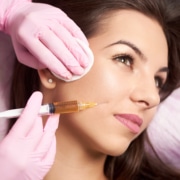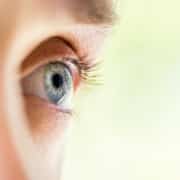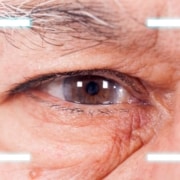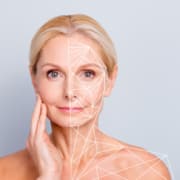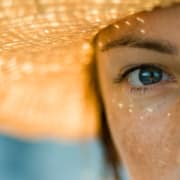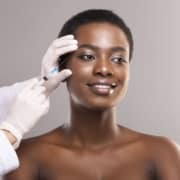9 things you need to know about medical marijuana use
Chronic health conditions make up the majority of qualifying medical conditions to obtain medical marijuana. The application process for a medical marijuana card can be overwhelming.
Here are nine things you need to know about medical marijuana and how to complete the application process:
- Cannabinoids in medicine have hundreds of therapeutic uses to improve function and quality of life.
- Delta-9-tetrahydrocannabinol (THC) and cannabidiol (CBD) are the two main chemicals that are sought after for medicinal use.
- Some of the more common qualifying medical conditions are glaucoma, cancer, lupus, epilepsy, post-traumatic stress disorder, multiple sclerosis, rheumatoid arthritis, AIDS and other chronic or debilitating diseases.
- Cannabis is especially helpful for patients who have glaucoma, as it lowers the eye pressure but for a limited amount of time.
- Cannabis is also effective for eye conditions that come with chronic pain or nausea.
- Some patients have used medical marijuana for long-term treatment of anxiety, chronic pain and other conditions. Some patients who have seizures have said that medical marijuana is the only effective treatment for this condition.
- The State 329 Medical Marijuana license card is necessary for the legal possession and use of marijuana products in Hawaii. This card is recognized only in Hawaii.
- The application process consists of an online application and a physician evaluation. The medical marijuana evaluation takes about 15-20 minutes. After completing both the application and evaluation, the State will issue and mail the 329 medical marijuana license card. It may take 2-4 weeks to get the card.
- You can use your 329 card in one of several medical marijuana dispensaries in Hawaii. There are many ways to use medical marijuana, and it all comes down to personal preference. It can be smoked, inhaled through a vaporizer, eaten in baked goods such as brownies or cookies, placed in drop form under the tongue or applied to the skin as a lotion or cream.
There is much more to know about medical marijuana. If you are interested in learning more about registering for a medical marijuana license, call 808.955.3937 for an evaluation.



